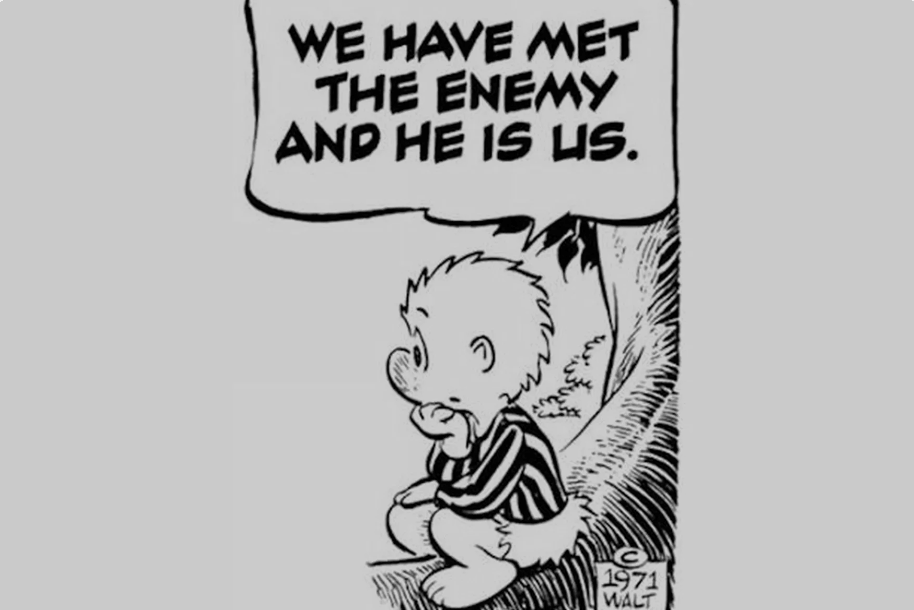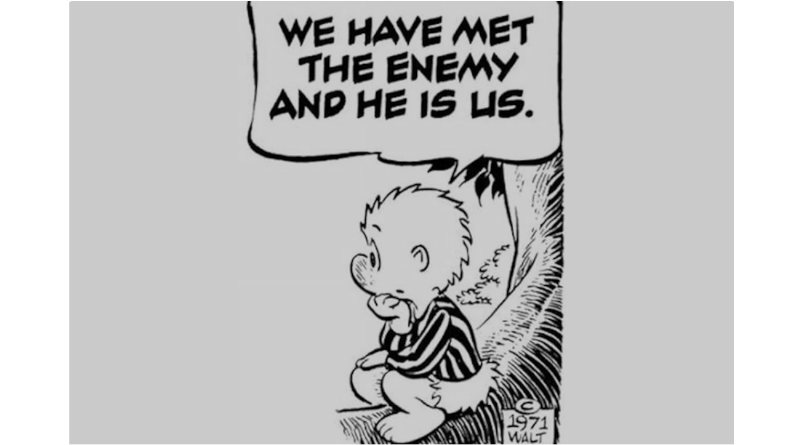“Collaboration Overload”
“’Collaboration overload’ is a major source of stress, burnout, and exhaustion at work”, says McKinsey Global Publishing’s Tom Fleming.
What do we get wrong about collaboration?
“The problem is in the ways that organizations have evolved over the past decade. We’ve gone through all of these delayering initiatives to streamline decision-making cycles, assuming that was the thing that was slowing everything down. At the same time, we’ve layered on all these collaborative tools.
“It’s the Slack channels, team spaces, emails, Zoom calls, maybe a gratitude application, plus one or two other custom things that people are doing in their organizations. All these technologies look cheap from the chief investment officer’s office, but layering them on creates a phenomenal ‘overwhelm’”.
85% of time “Collaborating”
Before the COVID-19 pandemic, people were spending about 85 percent of their time on the phone, on email, and in meetings” up 50% in a decade. “It has gone up again through the pandemic: people are working about five to eight hours more a week, and they’re working earlier in the morning and deeper into the night.”

We have met the enemy and it is us.
“I had initially been convinced that collaboration overload—the excessive demands that are hurting performance—were completely external. It was emails, time zones, nasty bosses, and demanding clients. I came out the other end of what’s now about 800 deep interviews completely convinced that 50 percent or more of the problem is us,” Fleming assesses.
What’s the cost of collaboration overload?
Fleming describes three major costs.
- Lost engagement – internal focus means loss of bridging connections to other pockets of the organization
- Attrition – losing the overwhelmed people
- Mental health – and in design and construction that is a huge crisis.
What’s the remedy?
“There’s no single, seductive principle [to address collaboration overload]…. This is not that game. This is more of a brawl than a ballet.”
It turns out that the remedy to collaboration overload is the right kind of collaboration. Flemming: “What we learned is that the more successful people tend to spend about 20 percent to 25 percent more time exploring possibilities with others and saying, ‘How could we work together, from different functions, different capabilities, different geographies?’ They’re just a little bit more conscious of the value of doing that.”
“High performers are really good at figuring out how to frame things in a way that has other people get engaged, too, and pulled into the effort. We find, for example, that most energizing leaders tend to be the ones who have systematic one-on-one interactions with their followers, with about 50 percent or more of the time being off task. They’re exploring those people’s interests or aspirations.”
That illustrates the value of our community’s emphasis on Respect for People, and developing one-on-one connections with everyone on your team and adjacent to your team. And it’s more fun than an email or a Zoom meeting!
Read the full McKinsey article HERE

